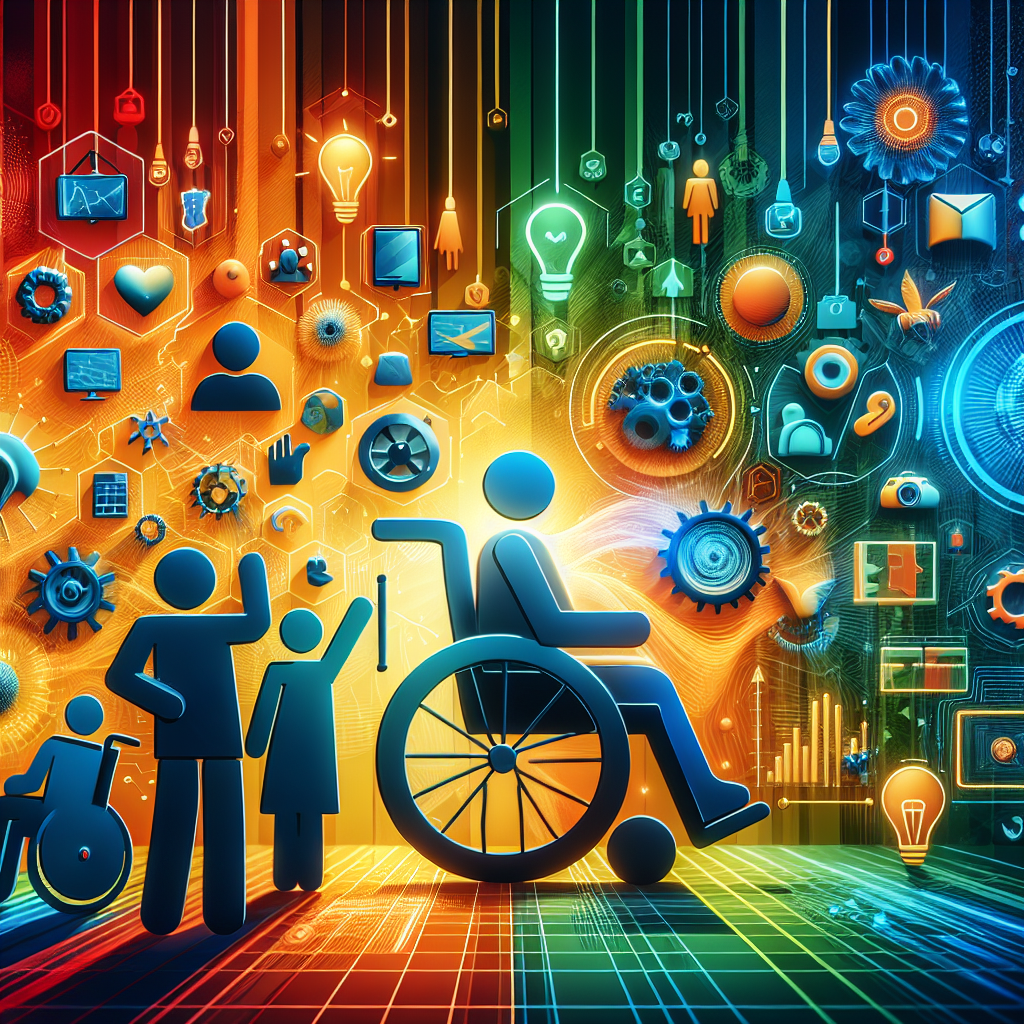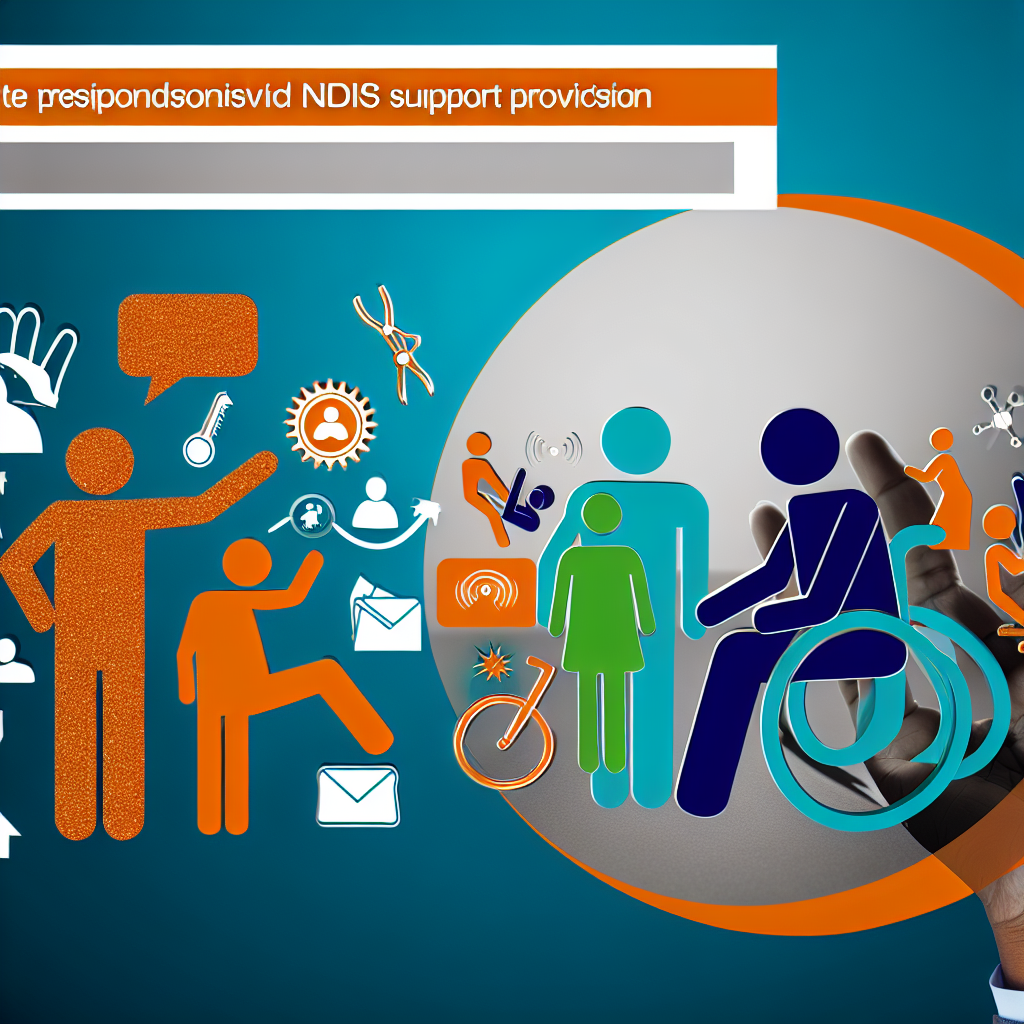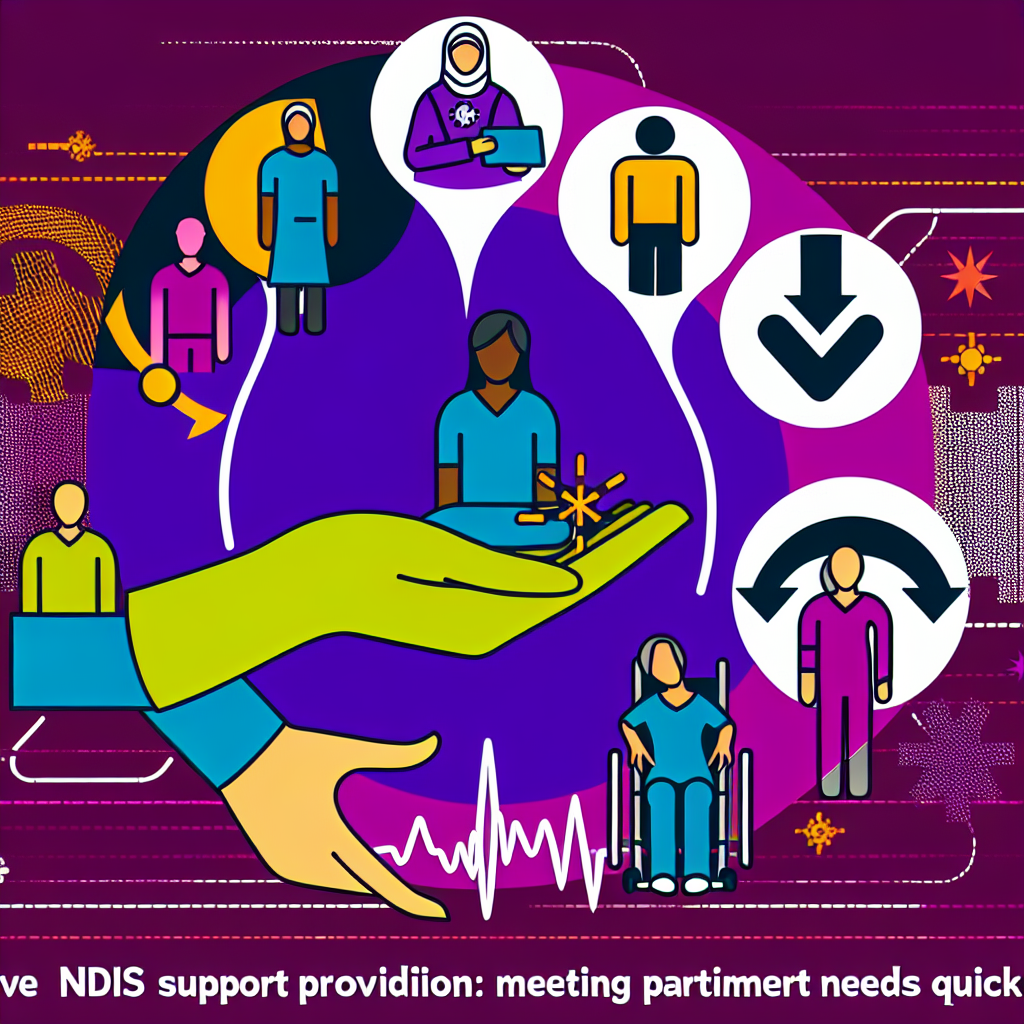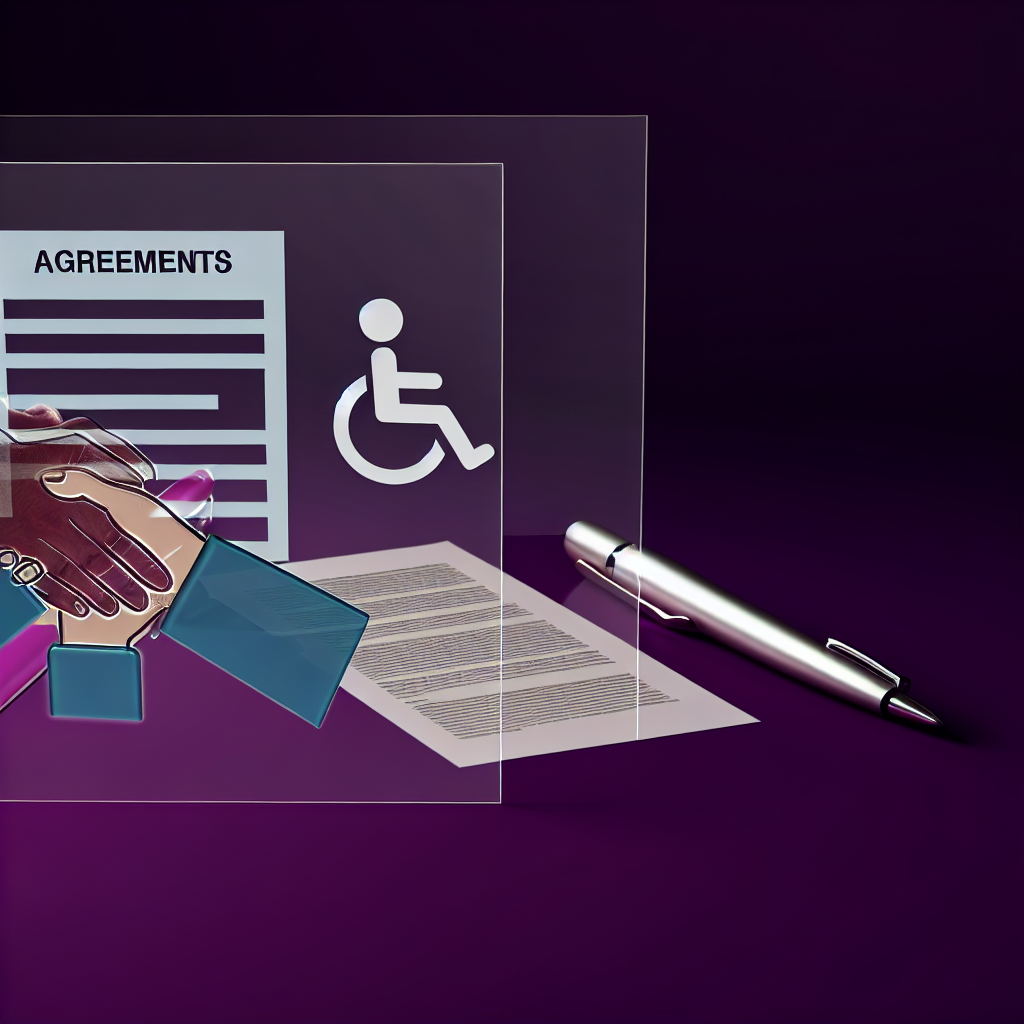The landscape of disability support in Australia has been significantly improved by the National Disability Insurance Scheme (NDIS). One of the most notable advancements within this framework is the integration of technology and innovation in NDIS support services. From assistive technologies to digital solutions, these advancements are not just enhancing the accessibility of services but are fundamentally transforming the quality of life for people with disabilities. This blog post will delve into how these innovations are funded and utilized through the NDIS, emphasizing their impact on individuals and communities.
The Role of Technology in NDIS Support Services
Technology has become a cornerstone in delivering effective and personalized support services through the NDIS. As the digital age accelerates, so does the potential to enhance the independence and participation of people with disabilities. With the aid of technology, tasks once considered challenging or impossible are now within reach.
Assistive Technologies
Assistive technologies are designed to improve the functional capabilities of individuals with disabilities. These technologies range from simple devices like grab rails and modified utensils to sophisticated systems such as eye-gaze communication tools and robotic limbs. The NDIS supports various assistive technologies, providing funding to participants to ensure they have access to the necessary tools to navigate their daily lives independently.
For instance, smart home technologies allow individuals to control their home environment through voice commands or smartphone applications, promoting a higher level of autonomy. Additionally, mobility aids such as powered wheelchairs and electronic scooters are crucial for enhancing personal freedom.
NDIS Funding for Assistive Technologies
One of the cornerstones of the NDIS is its commitment to funding assistive technologies that significantly improve the lives of participants. The scheme has categorized assistive technologies into different budget support groups, allowing participants to access the necessary funds for purchases that suit their specific needs.
How Funding Works
NDIS plans are tailored to each individual, providing specific funding for necessary assistive technologies that align with their disability needs and personal goals. The funding is divided into three key support budgets:
- Core Supports: These cover the day-to-day activities, including consumables like continence aids and home assistance items.
- Capital Supports: This budget includes funding for high-cost assistive technologies and equipment such as Wheelchairs and home modifications.
- Capacity Building Supports: This fund helps participants build independence and skills, which may include funding for training to use assistive technologies effectively.
The Rise of Digital Solutions
Alongside physical aids, digital solutions have made significant strides, transforming how healthcare and support services are delivered. The use of apps and digital platforms has streamlined processes, improved accessibility, and promoted a more inclusive environment.
Key Digital Innovations
Here are some of the digital solutions that participants of the NDIS are leveraging:
- Healthcare Apps: These are transforming self-care and health management. Apps designed for medication reminders, exercise routines, or mental health support help create personalized care regimes accessible at any time.
- Telehealth Services: Particularly highlighted by the COVID-19 pandemic, telehealth has enabled individuals to consult healthcare providers from the comfort of their homes. This service is invaluable for those with limited mobility or those living in remote areas.
- Communication Apps: Individuals who face communication challenges benefit immensely from apps that convert text to speech or provide voice output from typed input, thus enhancing their social interaction capabilities.
Impact on Quality of Life
The integration of technology in NDIS support services has had profound effects on the quality of life for individuals with disabilities. These technological advancements foster greater independence, improved personal safety, enhanced participation in community activities, and generally increased opportunities for social and economic inclusion.
Moreover, the support and access provided by the NDIS mean that participants are more empowered to pursue education, employment, and social activities, fostering a more engaged and enriched life. The personalized nature of NDIS plans ensures that the technology provided is tailored to enhance each participant’s personal journey and goals.
Conclusion
As we continue to navigate the digital era, the importance of technology and innovation in NDIS support services is more critical than ever. By embracing assistive technologies and digital solutions, the NDIS is not only advancing the integration and participation of individuals with disabilities in society but is also cultivating a more inclusive and supportive community for all. The ongoing development in this field promises to further enhance and transform the lives of countless people, pushing the boundaries of what is possible and achievable.
For more information on assistive technologies available through the NDIS, participants are encouraged to consult with their plan manager or support coordinator to tailor a plan that best meets their individual needs and aspirations.




